
Anxiety is a feeling of worry, nervousness or unease, typically about an imminent event or something with an uncertain outcome. Generalized anxiety disorder (GAD) occurs when that feeling becomes chronic, excessive, uncontrollable, irrational and is associated with surprisingly diverse symptoms. At lease 3 of the symptoms must be affecting the individual for 6 months before the diagnosis of GAD is given.
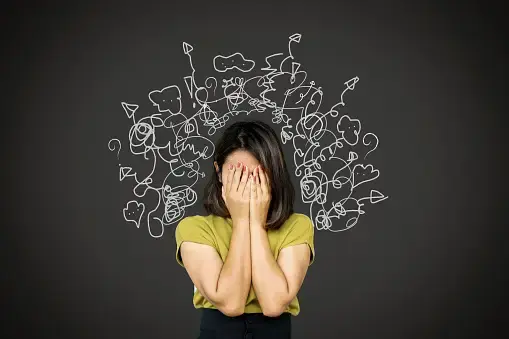
Excessive and chronic anxiety may be a root cause for a lot of the back, neck and other chronic pains that are present. It can also contribute to a lot of the different and strange physical symptoms associated with pain. It is believed to amplify pain perception and suffering and can also cause pain that we wouldn’t have had by making us prone to inflammation.
Anxiety is the other side of chronic pain.
While anxiety is often described as a disorder or medical condition, anxiety can also be a symptom of something physical or psychological. It is often thought of in psychological terms, for example in the definition above; but don’t neglect the possibility of a medical cause or complication concerning anxiety.
Medical Causes of Anxiety:
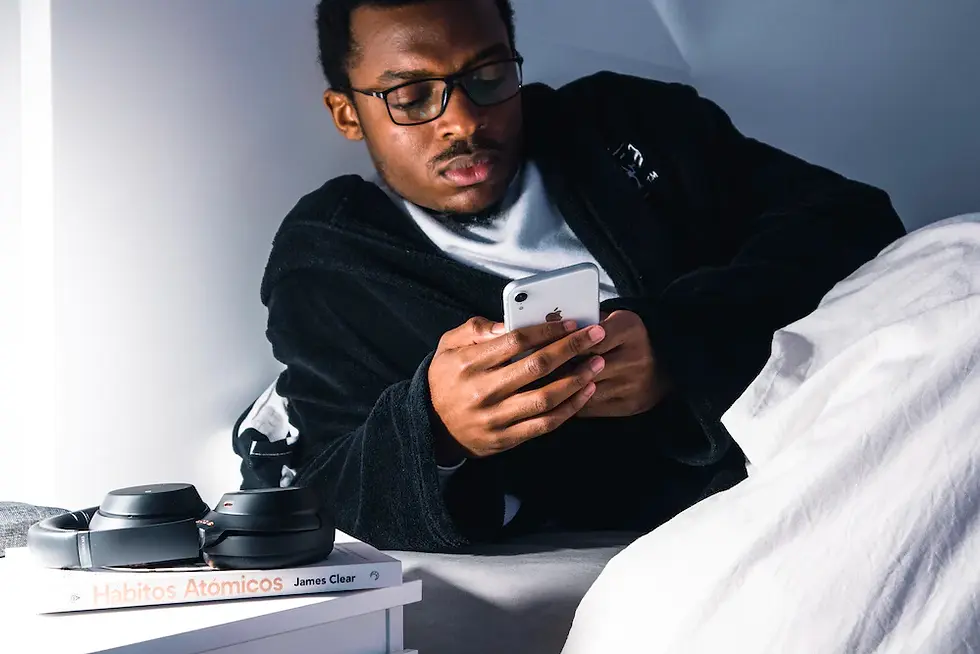
· Low serotonin that is caused by a genetic defect. This affects about 10% of the population and will lead to amplified bodily sensations. These symptoms are often written off and the individual is labeled an anxious hypochondriac by the medical community.
· Insomnia is a major risk factor for anxiety disorders. Anything that interferes with sleep- either practical or pathological causes- needs to be considered. On top of that anxiety is a risk factor for insomnia as well! The effects of anxiety and stress are relieved by sleep, but for many falling to sleep will cause more stress and lead to anxiety. A vicious cycle where it is always harder to treat either insomnia or anxiety by themselves, so they are frequently treated together.
· Chronic pain can be both a cause and consequence of anxiety. They will always influence each other and their treatments will affect each other as well.
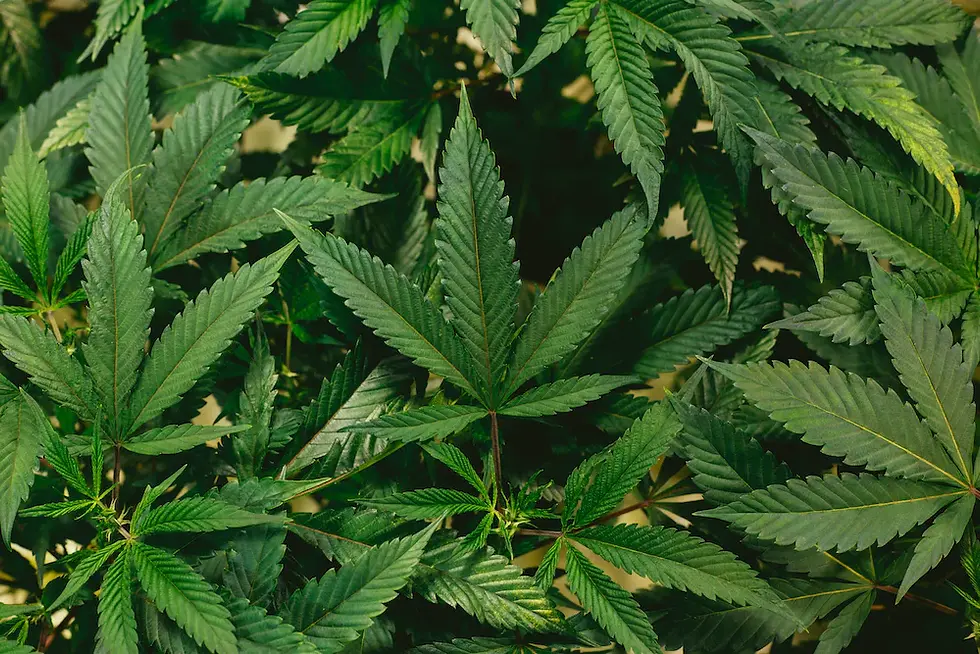
· Marijuana use probably causes anxiety in many people from both a side effect of its use as well as a symptoms of withdrawal from using it.
· Spinal cord irritation can cause anxiety for many people and this has a strong tie-in with chronic pain. This may be from dysautonomia- which is when a body will react as if it is stressed because the spinal cord is irritated. This irritation can be from something as simple as arthritis in the neck pressing on it. There are other causes for dysautonomia as well but it is something to be considered.
11 Ideas for how we can help ourselves:
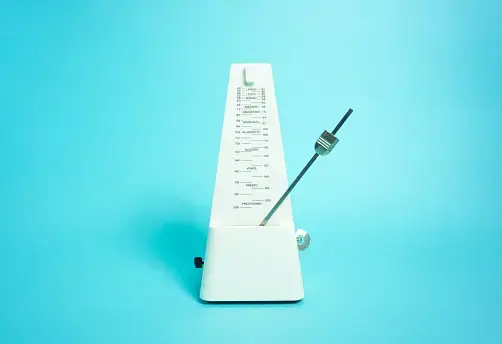
· Seek out people and avoid toxic relationships- social isolation is a major factor affecting general health. Having a good social support system helps injury and disability to seem less threatening to the individual and therefore will decrease anxiety. Toxic relationships produce what is called Inappropriate Environmental Disorder which will mimic certain mood disorders. If we are able to solve problems in our lives (I.E. remove toxic elements) than we are able to have one level of defense against both anxiety and pain.
· Get a pet- the therapeutic value of pets has been well documented, especially the value of dogs have been studied with mental health due to their consistently positive nature.
· The metronome trick to slow your thoughts- you can use a metronome (or metronome app on your phone) to first match, and then slow your thought tempo to. Simply count to 100 several times, making each time a little slower focusing your attention on the metronome’s pace.
· Breathing techniques- specifically square breathing. Breathe in for a 4 count, hold it for a 4 count, breathe out for a 4 count, then hold that for a 4 count. Repeat for a few repetitions until your breathing has returned to a slower than normal rate.

· The idea of ‘fake it ‘til you make it’- by creating a physical attitude of confidence with your posture, breathing patterns and facial expressions. This makes it difficult to become or remain anxious. Behaviors that are associated with calm and confidence including slow and deep breathing will blunt anxiety in the short term. Acting confident, and believing in the power of that working, does have positive effects for mood and overall emotional expressions. Moving with confidence or positivity will also help to combat anxiety.
· Exercise for stress control, to help your anxiety- exercise simulates a reaction to a stressful emergency, it also will trigger the relaxation and recovery mode that typically follows.
· Maximize frustration outlets- these are activities that can be a stress or and outlet (like exercise mentioned above). Any activity that is a voluntary activity that is challenging- where you are choosing that activity- as opposed to having to do it. This could be as simple as screaming into a pillow or punching or beating your mattress. You are expressing frustration on your terms and releasing it.
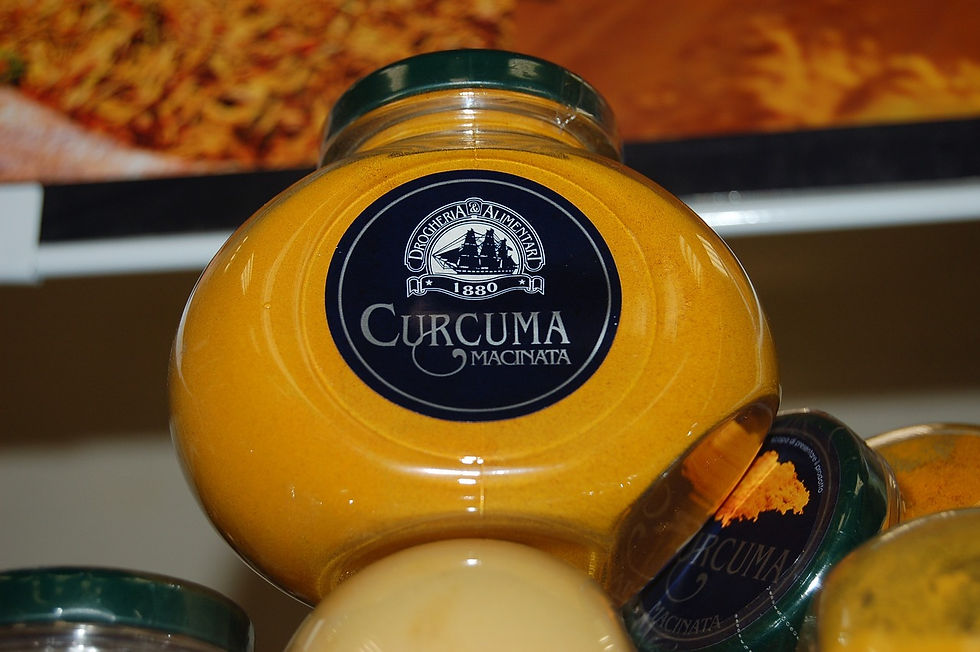
· If you are able to, get a message- this is an extremely effective way to relax. It has been documented that massage reduces both depression and anxiety.
· Write a list of positive thoughts that are opposite to your worrying pattern- this is a cognitive therapy technique that helps you to distract your mind in worrisome times by refocusing your attention through reading your list a few times out loud to yourself. The process of writing the list is also helpful for some.
· Some supplements that may help- pre-biotics which have an influence on the gut-nervous system relationship; and curcumin (turmeric) which has been found to affect both pain and anxiety in preliminary study findings.
· Consider quitting both coffee and marijuana- as noted above marijuana probably aggravates anxiety in people with both normal use (paranoia) and with withdrawal. The caffeine in coffee can negatively affect both pain and anxiety. It makes us hyper, which makes us pump more adrenaline, wear ourselves out and lose sleep all of which are risk factors for pain. Chronic caffeine abuse is likely to aggravate anxiety and chronic pain.
If you feel that anxiety is a factor for you and that it is contributing to your pain, then try some of the suggestions above and let me know how you do and which is the most effective for you!
Resources:
Brice B.K. PhD and Harrison T.E. MD. (2013) Mayo Clinic Guide to Pain Relief, Second Edition. Mayo Clinic.
https://uspainfoundation.org/ GOOD RESOURCE TO LOOK AT FOR CAM
Next time:

Stay tuned for my next blog in 2 weeks with Pain Science Part 5: Controlling Pain- With Help.
Related Post Links: Pain Science Part 1:
Pain Science Part 2:
Pain Science Part 3:
Pain Science Part 5:
Pain Science Part 6:
Author: Jen Hassaj | 8-23-23



Comments